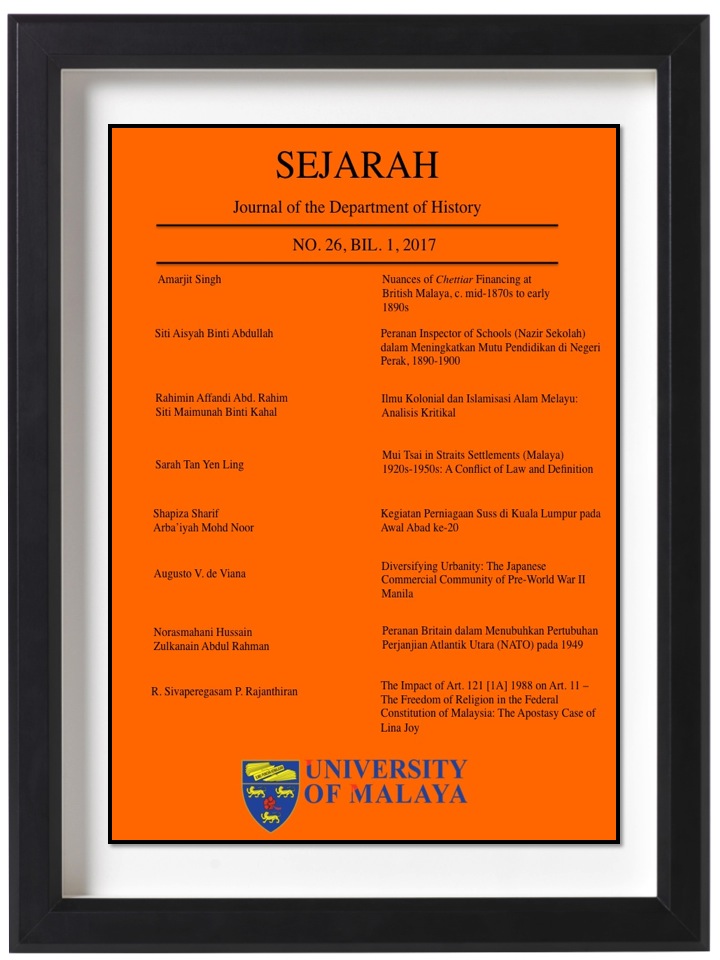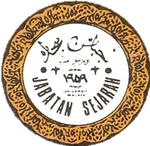PERANAN DAN SUMBANGAN ORANG CINA DI HOIAN, VIETNAM PADA ABAD KE-17 HINGGA ABAD KE-18
DOI:
https://doi.org/10.22452/sejarah.vol25no2.6Abstract
After the fall of the Ming Dynasty in 1644, many palace officials and army officers of the Ming Dynasty migrated from China to Hoian in central Vietnam. Many of them had left because of their refusal to shift their loyalty to the Qing Dynasty government. These Chinese who migrated from southern China to Hoian also comprised of traders, scholars and artisans. They originated from southern China such as Guangdong, Fujian, Chaozhou and Hainan. This paper discusses the role and contribution of the Chinese in southern Vietnam’s political, economic and social development in the port city of Hoian during the 17th to 18th centuries. It also examines the relationship between the Chinese and the locals which created a hybrid community called the Minh Huong community in Hoian. Furthermore, the article includes discussion on the efforts of the Chinese in preserving and maintaining their culture in Hoian. This research is important in three aspects. Firstly, there has not been any specific research about the role and contribution of the Chinese people in Hoian particularly from the 17th to 18th centuries. Secondly, this research is significant in that it explains how the relationship between the Chinese and the Nguyen government in southern Vietnam and that between the Chinese and the local community had helped them to succeed politically, economically and socially. Thirdly, this research discusses the efforts of the Chinese people to preserve their identity and culture in Hoian. This research opens a new dimension in the history of the Chinese people in Hoian, specifically, and in Vietnam, generally.


